MIT
Latest

Heat-rejecting film could reduce air conditioning costs
Climate change can be a vicious cycle when folks crank up the air conditioning during heat waves and add even more CO2 to the atmosphere. Scientists from MIT and the University of Hong Kong have developed a new type of window coating that could curb that trend. It remains highly transparent up to 89 degrees F (32 degrees Celsius), but beyond that, it becomes translucent like frosted glass. As a result, it reflects back up to 70 percent of the sun's incoming heat, reducing interior temperatures and the load on your air conditioner.

A powerful laser 'porch light' could let aliens know where we are
An MIT researcher claims a laser space beacon detectable up to 20,000 light years away is feasible -- essentially acting as a porch light for extraterrestrial life. James Clark's study posits that focusing a one- to two-megawatt laser through a 30- to 45-meter telescope and aiming it into space would create a beacon that would emit enough radiation to be distinctive from the sun's infrared energy.
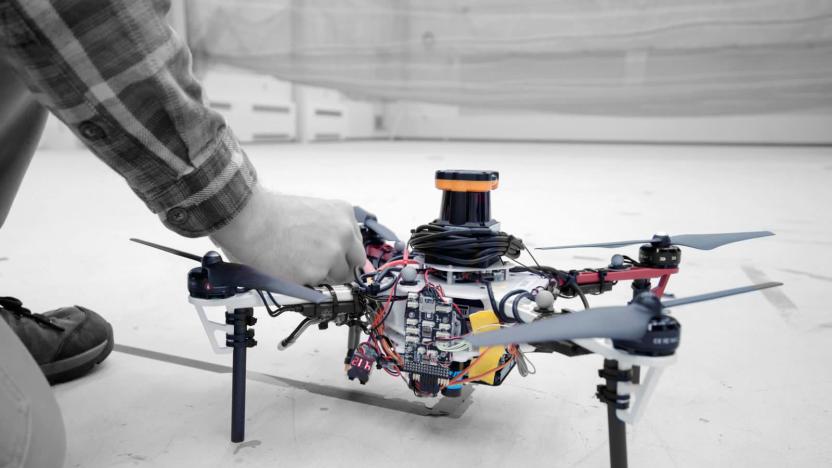
Drone fleets could find lost hikers in forests without using GPS
Drones can already be effective search and rescue tools, but not in densely-packed forests where the tree cover might block GPS signals. Thankfully, MIT has a clever solution: use the same technology that guides self-driving cars. Its researchers have developed drone tech that uses LIDAR to map forests without any use of GPS. Each drone creates a 2D map that also includes the orientations of trees, making it easy to tell where the robotic aircraft has already been as it searches through a specified area. That, in turn, makes it feasible to merge maps from an entire drone fleet and comb large swaths of forest with a minimum of wasted effort.

MIT-developed AI learns language like a child does
When you teach language to AI systems, you typically use annotations that describe how words work. But that's not practical in many cases -- even if everybody agrees on those annotations, they often take a lot of time to produce and can still seem unnatural. MIT's solution? Have AI learn like a child. Its researchers have developed a parser that imitates kids' learning processes by observing scenes and making connections.

People want self-driving cars to prioritize young lives over the elderly
Today, MIT released the results of a global survey on the moral and ethical decisions that autonomous vehicles should be programmed to make. The survey reveals that general preferences include prioritizing human lives over animals, younger and healthier people over the elderly and saving more lives over fewer lives. People also preferred to spare bystanders (who were obeying the law) over jaywalkers.

MIT finds a smarter way to fight Spectre-style CPU attacks
Many companies have developed patches to mitigate Meltdown- and Spectre-like speculative memory attacks. However, they can come with compromises: they can leave major gaps and still slow down your system. MIT researchers may have a better way. They've developed a new method, Dynamically Allocated Way Guard (yes, DAWG is on purpose), that promises tight security without dragging performance through the dirt.

MIT's AI can identify breast cancer risk as reliably as a radiologist
Breast cancer affects one in eight women in the US. There are multiple factors involved in developing the disease, but one issue is dense breast tissue. Some 40 percent of US women have dense breast tissue, which alone increases the risk of breast cancer, and can make mammogram screening more difficult. Now, researchers from MIT and Massachusetts General Hospital (MGH) have developed an automated model that assesses dense breast tissue in mammograms as reliably as expert radiologists.

MIT’s $1 billion college will teach the theory and ethics of AI
Today, the Massachusetts Institute of Technology announced that the university is launching the Stephen A. Schwarzman College of Computing, which is specifically focused on the rise of artificial intelligence. MIT is committing $1 billion to focus on the "ethical evolution" of AI that is already affecting and shaping our society in order to be a global leader in this popular field.

Self-repairing material plucks carbon from the air
Scientists might have a particularly clever way to help the environment: they've developed a material that can not only heal itself, but could reduce CO2 levels in the process. The substance uses its combination of a gel-like polymer with chloroplasts (cell elements that handle photosynthesis in plants) to grow by snatching carbon from the air after exposure to light. If you cracked or scratched an already-solidified piece of this material, the newly exposed sides would promptly expand and fill the gap without requiring heat, ultraviolet light or other special reactions like you see with existing self-healing products.

AI catches fake news by gauging the accuracy of its source
Internet giants are getting better at countering fake news. For the most part, though, they screen content on a story-by-story basis and only block entire outlets well after they've done significant damage. Researchers from MIT's CSAIL and Qatar's Computing Research Institute might have a better solution: use AI to measure the quality of the source. Their machine learning algorithm uses collections of existing articles to gauge the accuracy and bias of a given outlet on the assumption that a fake news peddler or spin factory isn't about to change its ways. Rather than focusing on the claims themselves, it studies the language used to express those claims.

Tim Berners-Lee project gives you more control over web data
After incidents like Facebook's Cambridge Analytica scandal, it'd be understandable if you felt like your data wasn't really under your control. Web pioneer Tim Berners-Lee hopes to put that data back in your hands -- he's been collaborating with people at MIT and elsewhere on a startup (Inrupt) whose open source project, Solid, gives you the final say over personal info. You can decide where the data goes, who's allowed to see certain elements,which apps can access that data. You can peek at the same data with two different apps, and share data with whoever you like.

AI can identify objects based on verbal descriptions
Modern speech recognition is clunky and often requires massive amounts of annotations and transcriptions to help understand what you're referencing. There might, however, be a more natural way: teaching the algorithms to recognize things much like you would a child. Scientists have devised a machine learning system that can identify objects in a scene based on their description. Point out a blue shirt in an image, for example, and it can highlight the clothing without any transcriptions involved.
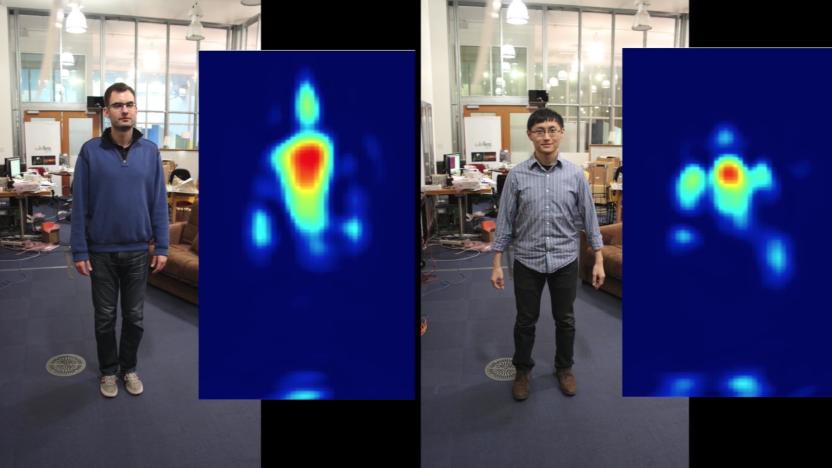
MIT built a health-tracking sensor that can ‘see’ through walls
An MIT professor has built a prototype device that can wirelessly track your health -- even through walls -- using a mix of radio signals and machine learning. Dina Katabi's gadget resembles a WiFi router and is designed to sit in your pad and monitor your breathing, heart rate, sleep, gait, and more as you go about your day. It's already doing that in over 200 homes around the US of both healthy people and those with Parkinson's, Alzheimer's, depression, and pulmonary diseases.
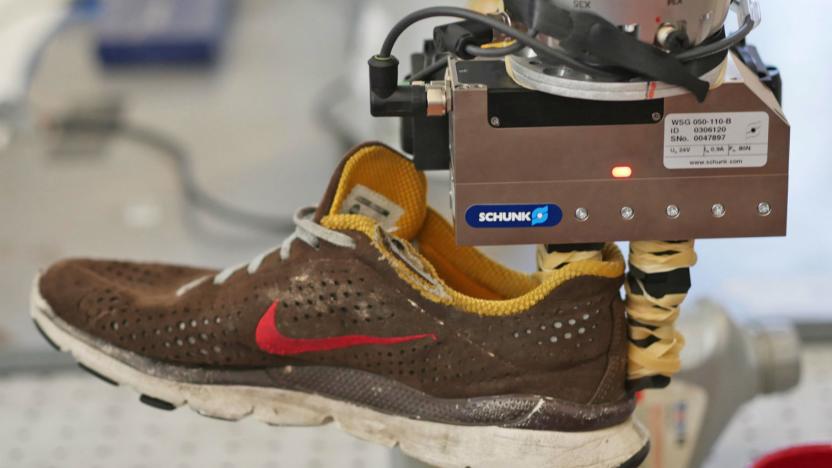
MIT machine vision system figures out what it's looking at by itself
Robotic vision is already pretty good, assuming that it's being used within the narrow bounds of the application for which it's been designed. That's fine for machines that perform a specific movement over and over, such as picking an object off of an assembly line and placing it into a bin. However for robots to become useful enough to not just pack boxes in warehouses but actually help out around our own homes, they'll have to stop being so myopic. And that's where the MIT's "DON" system comes in.
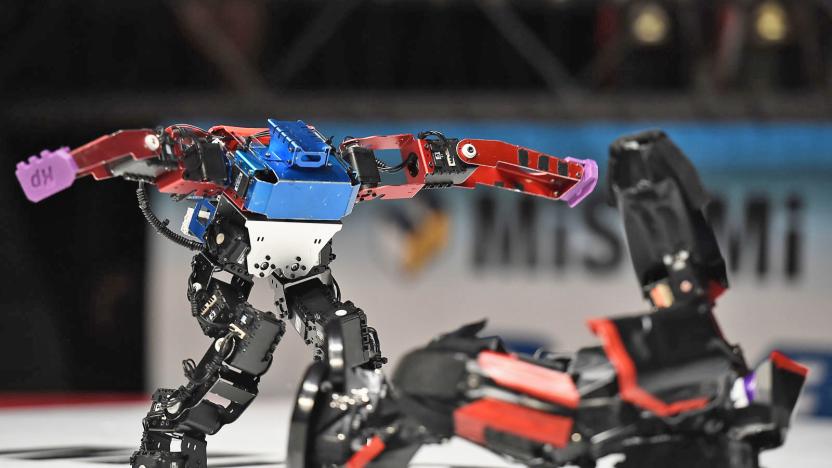
AI robots can develop prejudices, just like us mere mortals
It's not only humans and animals that can hold biases against outsiders. Psychology and computer science researchers from the Massachusetts Institute of Technology and Cardiff University have discovered that artificial intelligence robots can develop prejudices by learning from each other.

MIT's AI can tell if you're depressed from the way you talk
When it comes to identifying depression, doctors will traditionally ask patients specific questions about mood, mental illness, lifestyle and personal history, and use these answers to make a diagnosis. Now, researchers at MIT have created a model that can detect depression in people without needing responses to these specific questions, based instead on their natural conversational and writing style.
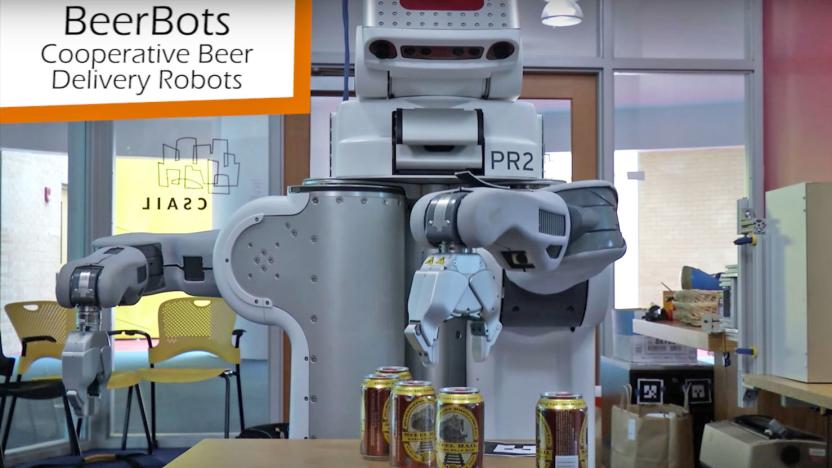
Senator misses the point of 'beerbot' demo, tries to ban DoD funding
Sorry, beerbot developers, you probably won't be able to get Pentagon funding for your alcohol-serving machines. Senator Jeff Flake of Arizona has introduced a new section to the US Department of Defense appropriations bill, which says: "None of the amounts appropriated or otherwise made available by this Act may be obligated or expended for the development of a beerbot or other robot bartender." Okay, so the soon-to-retire lawmaker doesn't want the government to fund the development of silly robotic bartenders. Fair enough. Problem is, as IEEE Spectrum explained, he singled out a robot MIT researchers developed in 2015, which wasn't designed to be a beerbot at all.

Amazon's Alexa Fellowship expands to 14 more universities
Amazon is eager to get more bright minds working on voice technology, so it's expanding the Alexa Fellowship program to 14 more universities, including Massachusetts Institute of Technology, Texas A&M and Cambridge. The fellowships are financed through Amazon's $200 million Alexa Fund.

MIT finds a way for submarines to talk directly to airplanes
Submarines can't normally communicate directly with anything above the water due to the physical limits of their signal, but that might change in the near future. Researchers have developed a wireless system that can transmit data from an underwater source to the air. The approach, known as translational acoustic-RF communication (TARF), sends a sonar signal to the surface, where tiny vibrations at different frequencies correspond to the 0s and 1s of binary data. Above the water, an extremely high frequency radar (30GHz to 300GHz) can pick up on minuscule changes in signal angles that relate to the data bits. It's just a matter of processing the bits into meaningful data after that.
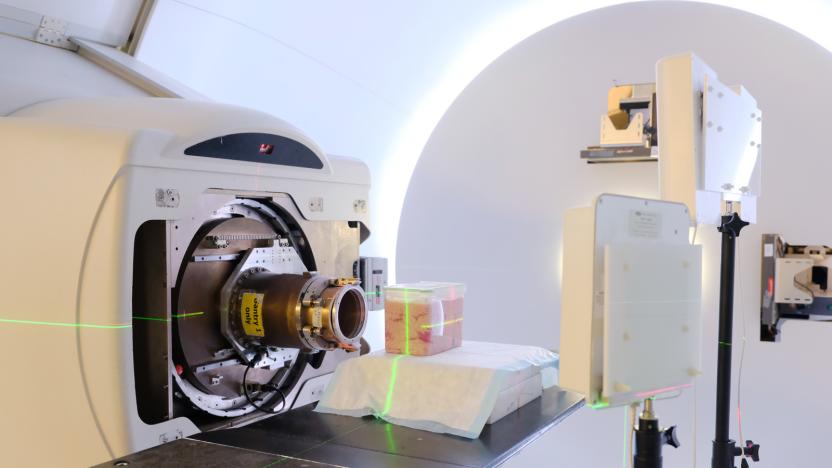
MIT's 'GPS' for the body can locate hidden implants
Implants are supposed to represent the future of medicine, as they can deliver medicine and track illnesses in ways that just aren't possible with conventional pills and scans. But there's a problem: how do you place them in deeper parts of the body without surgery or intrusive cameras? MIT's CSAIL might have an idea. It's developing a system, ReMix, that it likens to a GPS for implants. The locator doesn't need to make physical contact -- it just needs wireless signals and math.







